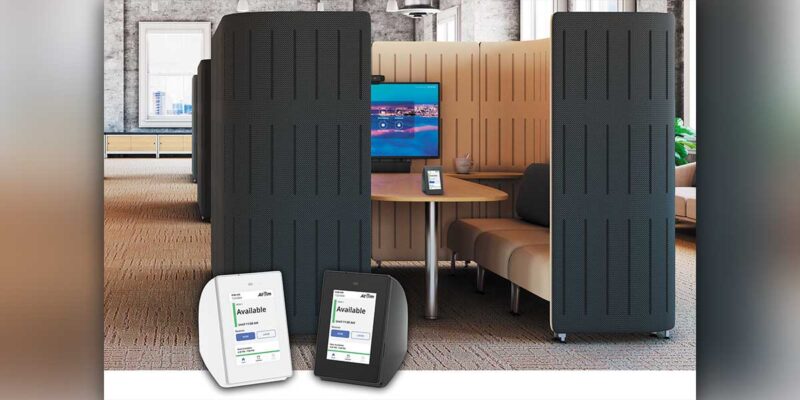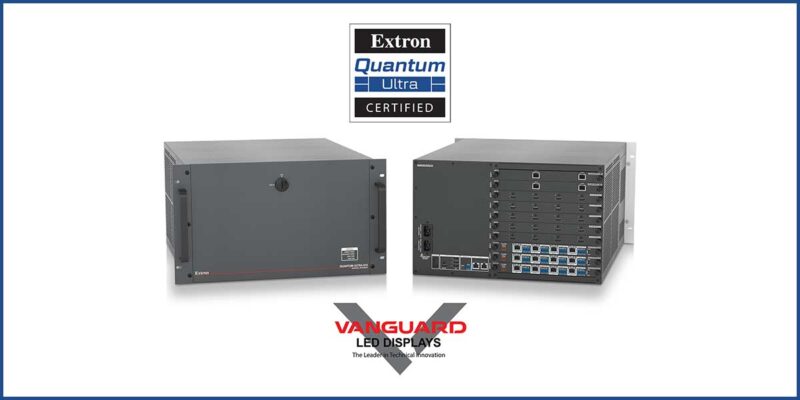InfoComm Survival Guide- [Un]Compressed Video
Well it’s trade show season and the press releases are starting to pour in. Before you head onto the InfoComm ’22 floor, it’s a good idea to polish your armor to best avoid being hit with a poison arrow of misinformation.
If you missed my first post on “deceptive specs” you should check it out here, but today I want to quickly address a term I’ve been starting to hear a lot again- “uncompressed” video.

I’ve seen press releases touting new video extension devices that deliver “uncompressed signals” at 4K and 8K resolutions. However, when you look at the specs, these claims always have sampling, frame rate and bit depth disclaimers to let you know what “flavor” of 4K and 8K they will be able to pass.
Although frustrating, this is not really new. We’ve had to read the fine print to see if video extenders pass things like HDR (which requires 10-bit color) and 4:4:4 subsampling for a few years now.
To arm yourself properly, you need to understand how video data rates are calculated, and those rates include start by multiplying: pixel count x frame rate x bit depth x 3 + clock (includes TMDS data and overscan needed for blanking). If you don’t like doing math, you’re in luck because Extron has a data rate calculator online.
So if you know about data rates, you can quickly assess the truth of claims of “uncompressed” transmission.
For instance, a 4K signal, even at 8-bit color and 4:2:0 sampling is just under 9 Gbps. That means extension methods like SDVoE that have speeds of 10Gbps can pass that without compression, while anything that works on a 1Gbps backbone can’t honestly make that claim.
Take that same 4K signal to HDR (10-bit color) and all of a sudden it’s over 11Gbps, meaning that neither of the technologies above can honestly claim uncompressed transmission.
Now however, with the introduction of HDMI 2.1 and something called Display Stream Compression (DSC), there’s a whole new layer to consider. DSC compresses the video at the HDMI chipset, reducing the data rate needed to transfer larger resolutions like 8K. They compress up to 3:1.
So an 8K signal is compressed by HDMI DSC BEFORE it gets to the extender and then unpacked by the other HDMI chipset on the other end. So when a company claims that their extenders do “uncompressed” 8K60 HDR at 4:4:4 subsampling, they’re likely just saying that the extender doesn’t compress the signal, not that the signal wasn’t already compressed to start by something else in the chain.
The end result is that you still have compression, it just wasn’t added to the chain by the extender itself. That’s a little fishy in my book, but that’s the AV world we live in.
As a silver lining, there are some companies making extenders that have increased bandwidths to deliver truly uncompressed signals, albeit by doing it in a completely proprietary and non-standards based way. One such product is Lightware’s UBEX product that uses (2) synced 10 Gbps channels to deliver signals up to 20 Gbps without any compression and with only a few scan lines of latency (well under 1 frame).
I know this one was a bit geeky, but just doing a quick check of the data rate for the video you want to transfer and then comparing that to the technology claiming “uncompressed” delivery will quickly tell you if things are above board or if you need to read the fine print.
Have fun out there on the floor in Vegas. I’ll see you there!
If you want to visit the companies mentioned above at InfoComm ’22 in Vegas-





